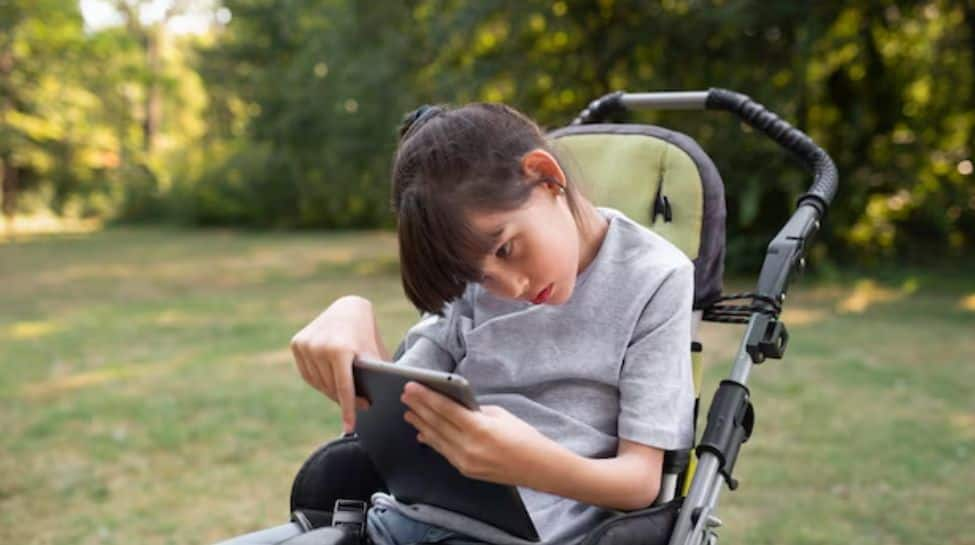As a parent, there is nothing more concerning than seeing your child struggle with their health. Brain disorders in children can be particularly puzzling and overwhelming, leaving families with many questions and concerns. However, early recognition and intervention can significantly impact the lives of these young individuals as shared by Dr Pratibha Singhi, HOD, Paediatric Neurology, Amrita Hospital Faridabad.
Brain disorders in children encompass a range of conditions, including attention deficit hyperactivity disorder (ADHD), autism spectrum disorder, epilepsy, and cerebral palsy, among others. They can also be classified as inherent disorders viz. neurodevelopmental and acquired disorders for example infections, trauma, etc. These conditions affect brain function, development, and behavior, leading to challenges in cognitive, social, and emotional development.
Recognizing the signs and symptoms of brain disorders early is crucial. Some common indicators include developmental delays or regressions, behavioral changes, such as mood swings or irritability, difficulty with communication or social interactions, seizures or unusual physical movements, difficulty with coordination or balance etc.
If you suspect a brain disorder in your child, it is extremely essential to consult a healthcare professional early for a comprehensive evaluation. Evidence from well-conducted studies has shown that starting intervention early leads to exponentially better outcomes.
Early interventions are helpful as children’s brains are vastly different from adult brains. The child’s brain grows rapidly in the first two to three years of life when the child learns through all his/her senses. In contrast to an adult brain there is a rapid turnover of synapses (connections between nerve cells) happening throughout early childhood.
Imagine a child’s brain as a bustling city under construction, with new roads and buildings emerging every day.
Synaptic pruning is like the city’s urban renewal process, where old, unused roads are demolished to make way for new, improved ones. Neuroplasticity is the brain’s ability to reorganize and adapt, like the city’s ability to reroute traffic and adjust to changing needs. The nerve connections in the growing brain are very malleable and can be modified according to the experiences that the child is presented with. For instance, children with difficulty in walking due to diseases like cerebral palsy can develop new and improved synaptic connections by stimulation through physiotherapy thereby mitigating the loss of function. Neuroplasticity is maximum in the first three years of life hence it is important to start interventions early in the child to maximize the potential of the developing brain.
Treatment options vary depending on the specific condition and severity. Medications, therapy (such as occupational, speech, or behavioral therapy), and lifestyle changes may be recommended. Early intervention and support can significantly improve outcomes and enhance quality of life.
Supporting a child with a brain disorder requires patience, understanding, and compassion. Create a nurturing environment that stimulates the child, and that encourages open communication, and offers emotional support. Seek resources and guidance from healthcare professionals, support groups, and online organizations. Remember, brain disorders in children do not reflect poor parenting or a personal failing. With knowledge, support, and appropriate early intervention, these young individuals can thrive and reach their full potential.















































